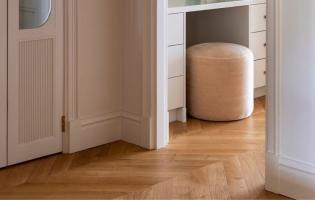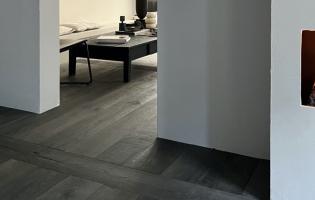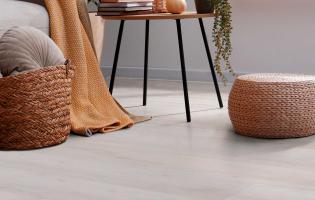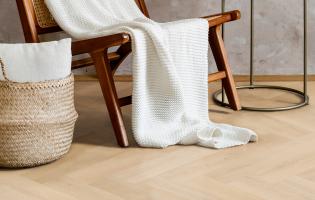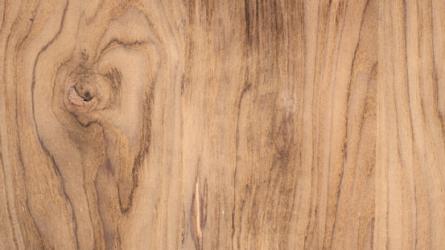Wooden floors for underfloor heating
It is a misconception that wooden floors are not suitable for installation in combination with underfloor heating. On the contrary! Wooden floors can easily be laid over underfloor heating. However, there are a few things you should keep in mind. The type of underfloor heating, heat conductivity or thermal resistance, and installation. The thermal resistance, the so-called R-value, can differ per type of wooden floor and installation method. Read on to find out how this is put into practice.
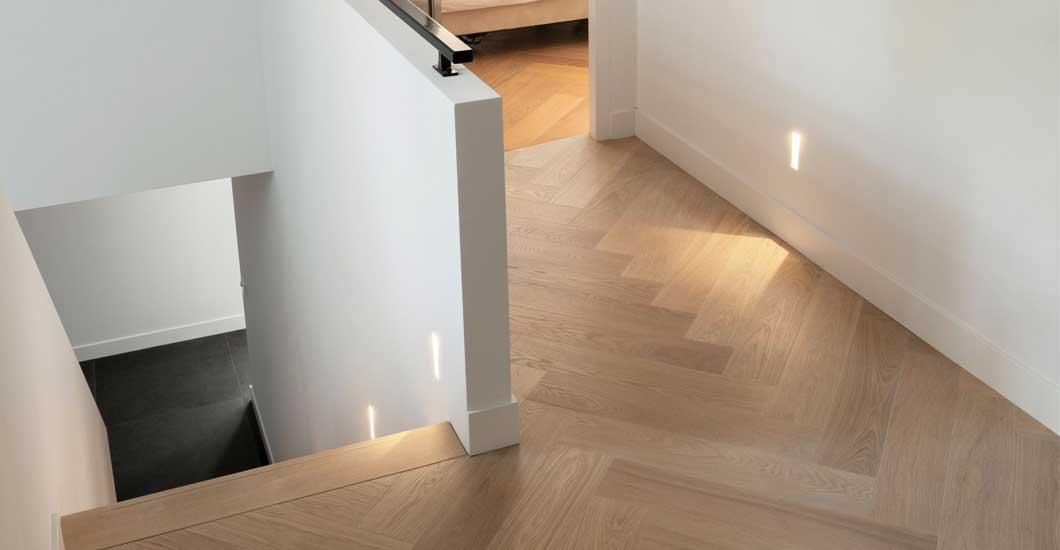
Different types of underfloor heating
There are different types of underfloor heating, all of which operate differently. Because wood is a natural product and has the property to work with moisture and temperature differences, it is important that the temperature builds up gradually. As a result, wooden floors are unfortunately not suitable for electric underfloor heating. Just like with induction cooking cookers, electricity heats up the plates in no time, so the floor can suddenly start working. The most popular form of underfloor heating is hydronic floor heating which works with a heat pump. Wooden floors are most suitable for this type of underfloor heating. The heat build-up is gradual and steady, which is very favourable for wood.
The R-value: the return
All floors have a so-called R-value. This figure shows the measure of resistance to the flow of heat through a given thickness of the floor per square meter and per degree temperature difference. More precisely, it says how much energy in Watt is needed to raise the temperature of a floor area of 1 m² by 1 degree. This R-value depends on the thickness and the thermal conductivity. In general, the higher the R-value, the worse the material conducts heat (or in other words: the better it insulates). The lower the R-value, the better.
Installation: gluing vs. Floating installation
If you glue the wooden floors to the subfloor, the thermal conductivity of the floor is improved as well as the stability. With a floating installation, heat remains between the floor and the substrate, which means that additional heating has to be done. Wooden herringbone floors are almost always glued down. Wooden plank floors can often be laid either glued or floating. Then choose glued installation to increase the thermal conductivity of your floor.
With the wooden floors from Solidfloor, you also benefit from underfloor heating without having to make concessions on comfort and style. For example, choose floors from the heat range. These are wooden floors specially developed for installation in combination with underfloor heating.





